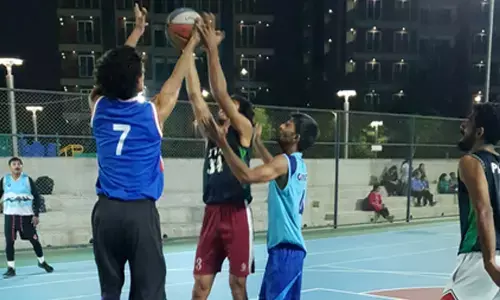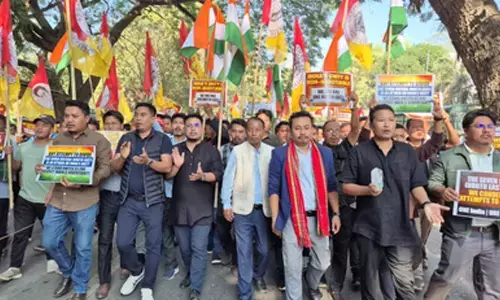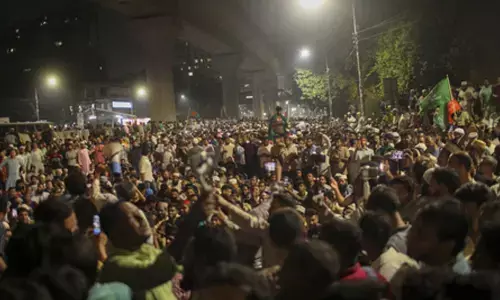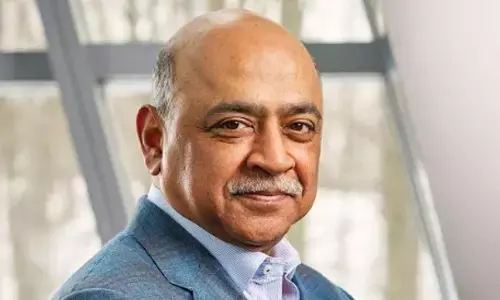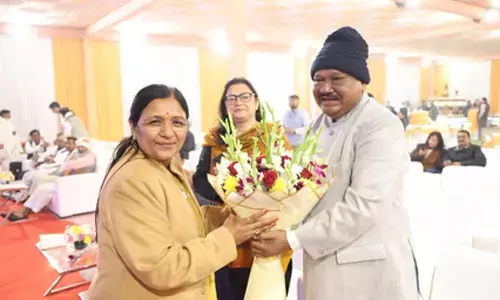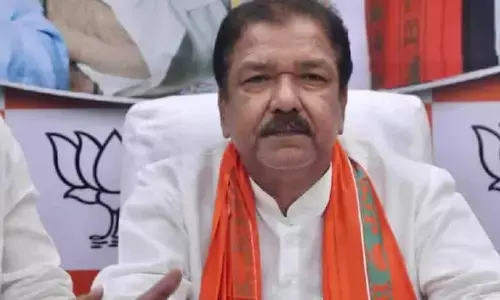Rural India’s search for healthcare
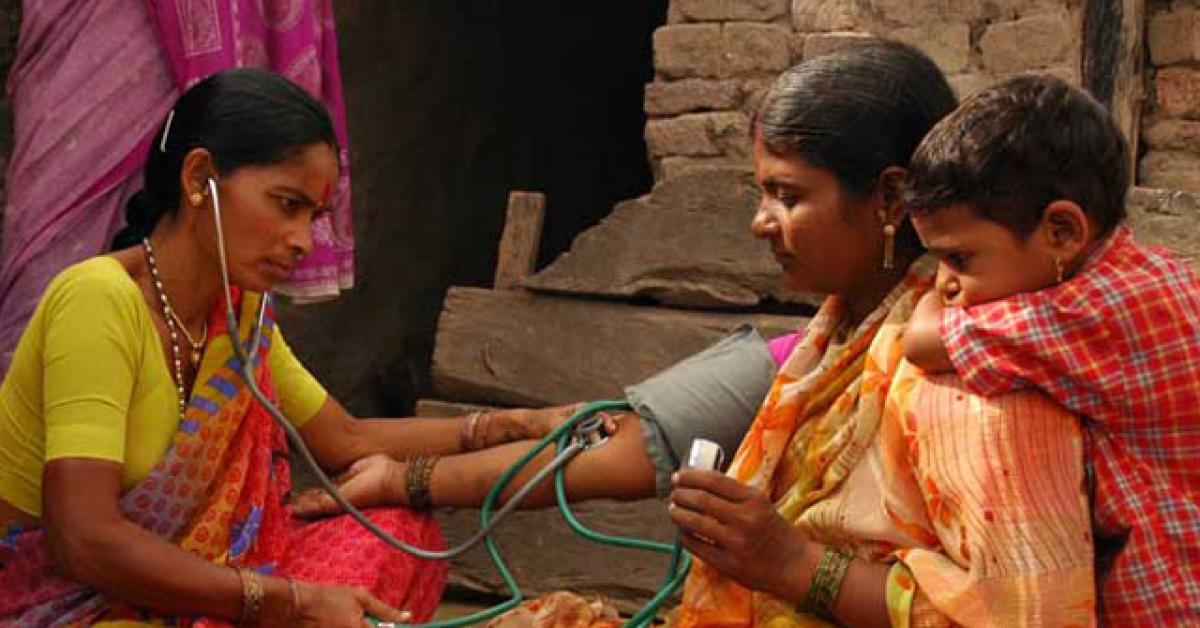
Up to 86 per cent of the rural population and 82 per cent of the urban population is without health-expenditure support, and about 12 per cent of the urban and 13 per cent of the rural population got health insurance through the Rashtriya Swasthya Bima Yojana (National Health Insurance Scheme) or similar plans, IndiaSpend reported in July 2015.
Up to 86 per cent of the rural population and 82 per cent of the urban population is without health-expenditure support, and about 12 per cent of the urban and 13 per cent of the rural population got health insurance through the Rashtriya Swasthya Bima Yojana (National Health Insurance Scheme) or similar plans, IndiaSpend reported in July 2015.
Inadequate public healthcare and healthcare expenses push an additional 39 million people back into poverty in India every year, a Lancet paper said. Greatest proportion of medical migrants from Bihar More than half of overnight trips in Bihar - 581 of every 1,000 - were for medical reasons, sixth-highest among all Indian states and union territories. West Bengal (633/1,000) and Assam (599/1,000) were the states that reported the highest number of trips made for medical reasons from their rural areas.
In contrast, 211 and 250 of every 1,000 trips from rural areas of Delhi and Meghalaya were for medical purposes, the lowest in India. With 104 million people, Bihar is India’s third-most populous state, and has the third-highest percentage of people (33.7 per cent) living below the poverty line. After Bihar, the largest numbers of such people are in Chhattisgarh (39.9 per cent) and Jharkhand (36.9 per cent).
Although 18 states with poor health indicators - called “high-focus states” - increased health spending in anticipation of cutbacks on centrally sponsored health schemes, smaller states have cut health spending because they did not have the money, IndiaSpend reported in February 2016. The northeastern region requires over eight lakh additional hospital beds to tackle the inaccessibility of healthcare services for the rural population, according to the Federation of Indian Chambers of Commerce and Industry and the Public Health Foundation of India.
India’s poorer states have health indicators that are worse than many nations poorer than them, and India’s healthcare spending is the lowest among BRICS (Brazil, Russia, India, China, South Africa) nations, as are its health indicators. The medical migrants outside AIIMS and the journeys they make reflect the low priority India accords to healthcare. Some indicators:
Of 4,000-odd multi-crore infrastructure projects in the country, only nine (0.21 per cent) are in the health sector, IndiaSpend reported in December 2015. Public-health centres across India’s rural areas - 25,308 in 29 states and seven union territories - are short of more than 3,000 doctors. There is an 83 per cent shortage of specialist medical professionals in community health centres (CHCs).
India has seven doctors for every 10,000 people, according to a 2012 WHO report. The ratio should be 1:600. Over the last two years, the money allocated for key centrally-sponsored social schemes - Integrated Child Development Services (ICDS) and National Health Mission - declined 10 per cent and 3.6 per cent.
By Devanik Saha









